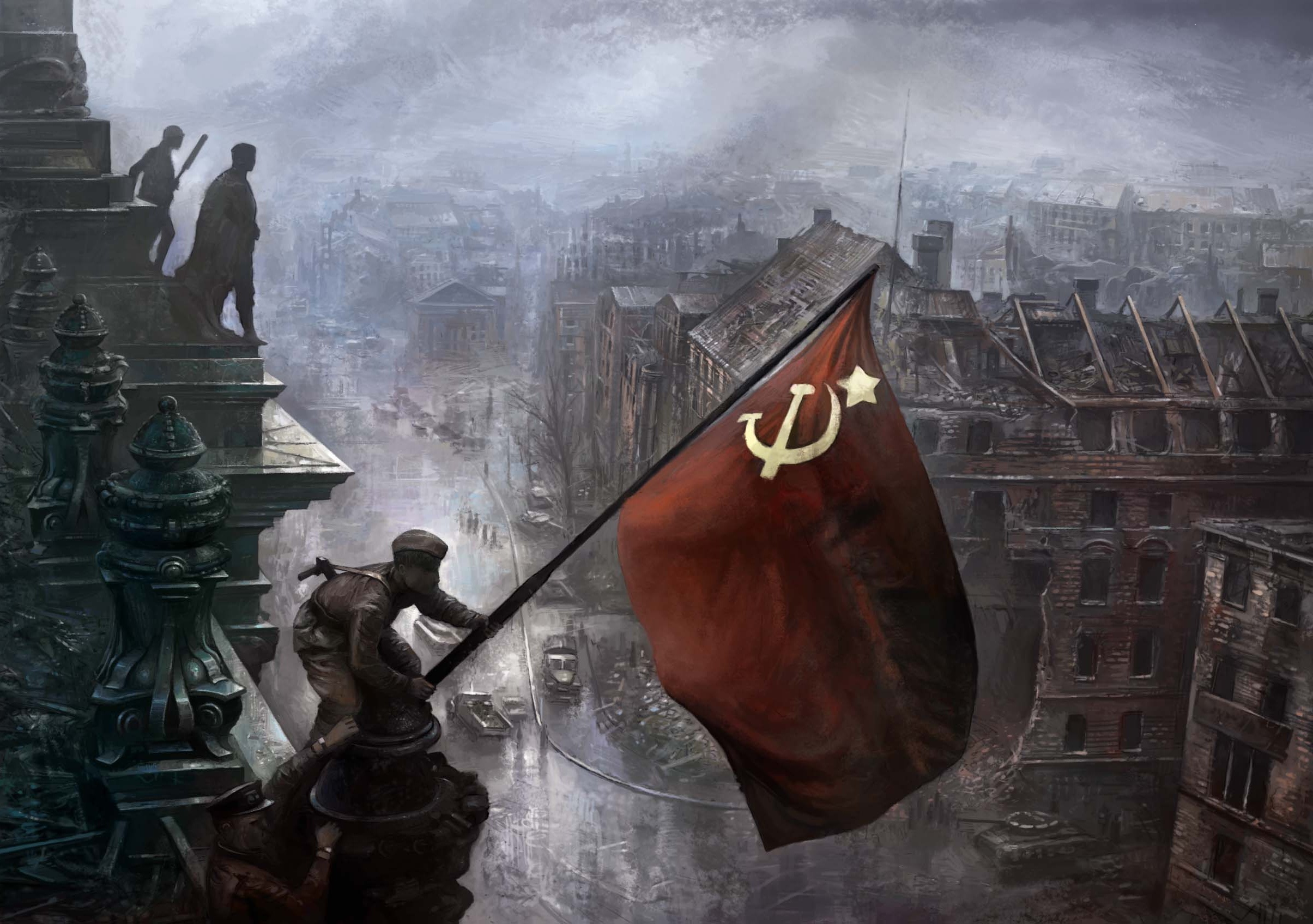
Likewise, joining a pact with the Soviets and Germans against pretty much all of America's largest trading partners, nevermind all the smaller ones, is beyond irrational, especially given the absence of any strategic benefit. Roosevelt has zero incentives to accommodate Hitler, nevermind join him, and pushed for pretty much the opposite of it in the late 1930s. Tack onto that that Hitler literally hated Roosevelt, and considered him to be the "Chosen One" of "World Jewery", and the ultimate enemy to be faced down after Lebensraum was established. "All sides are relatively in character" is mutually exclusive with Berlin-Moscow-Washington as an Alliance.Ī Nazi-Soviet pact that exists in any kind of long-term requires the Nazi's to not be the Nazi's, since it casts aside one of the biggest reasons for German re-armament - which is to establish lebensraum at the expense of the USSR. Neither side will stop unless oposition is annihilated.īonus round two: Three way cold war after end of World War 2.Īs the second post said, this scenario is pretty much incompatible with the conditions it set for itself. Members of both axis and pact will cooperate between each other, but stay in character.īonus round: Bloodlust is on. BMW will push for total surrender but will accepts something less if losses start to climb.

While USA has a patriotism surge, it's not significant enough to make country fascist.

Notes: All sides are relatievly in character. How will the world look when BMW either conquers everyone or is forced to surrender? Most of other countries quickly form a defensive pact and declare war on BMW. In the year 1937 the alliance is made, called Berlin-Moscow-Washington Axis, and on september 1st, 1939 Germany and USSR simultaneously invade Poland while USA attacks Canada.

FDR shifts his rhetorics to be more nationalist and more American exceptionalism and agressive Monroe doctorine while USSR and germany move closer together with far more extensive Molotov-Ribentrop pact.


 0 kommentar(er)
0 kommentar(er)
